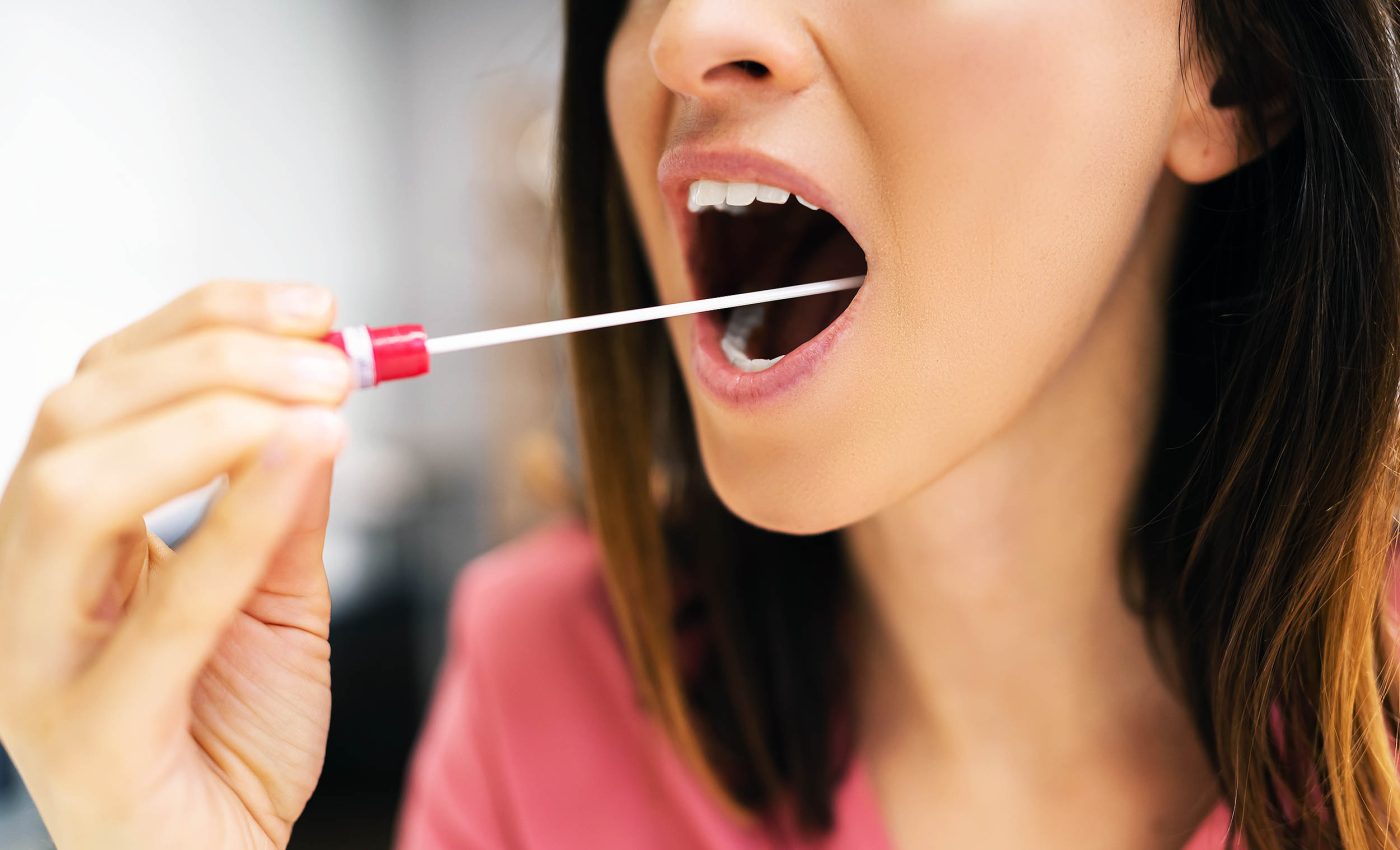
Evolutionary path of human saliva has been a mystery, until now
Human saliva has been evolving for millions of years – and not just to help us eat or speak. A new study tracing saliva protein genes across 61 vertebrate species finds that these genes changed especially fast in primates, reshaping how our mouths interact with food and microbes.
Led by Dr. Stefan Ruhl at the University at Buffalo, the work explores genes that protect teeth, manage minerals, and defend against pathogens.
By comparing DNA and RNA from dozens of species, researchers uncovered how diet and environment have continually shaped this overlooked but vital fluid.
Why saliva genes evolve so fast
“Our idea was that saliva, as a biological fluid that constantly interacts with food, microbes, and pathogens, may evolve more rapidly than other systems,” said Omer Gokcumen, associate professor of biological sciences at UB.
At the heart of this story is the SCPP locus, a cluster of related calcium binding genes. Several of these genes are turned on in salivary glands and produce abundant proteins in human saliva.
Signals of positive selection, genetic changes favored because they improve survival, appear in multiple saliva genes. The changes include new gene copies, lost copies, and shifts in when genes turn on.
Decoding saliva’s evolution in DNA
Researchers compared matching genes across species and asked which versions changed and where. An ortholog, the same gene in different species from a shared ancestor, can keep its job or pick up a new one.
They also checked a metric called the dN/dS ratio, a measure of protein-changing mutations over silent ones. Enamel and milk genes stayed highly conserved, while saliva genes changed faster in primates.
That pattern fits a system under varied pressures from diet and microbes. Some differences reflect altered regulatory sequences, DNA switches that control when a gene turns on.
Diet left marks in our mouths
Populations that traditionally ate more starch carry more copies of the salivary amylase gene, as shown by a landmark study. Amylase – an enzyme that starts breaking starch into sugars – varies widely across people.
“We have proven that saliva protein composition is influenced by diet,” said Dr. Ruhl.
Early human food habits likely helped ramp up salivary amylase, while most apes kept far less in saliva. Those dietary shifts track with genetic changes that shape how much of the enzyme we make.
Within the same gene cluster, several saliva genes sit near milk caseins, which help move calcium for nursing infants. That proximity hints at shared machinery that later supported tooth protection.
Saliva’s built-in tooth defense
One line of classic work shows that saliva stays supersaturated with calcium to guard enamel. Statherin, a small salivary protein that keeps minerals soluble, is central to that balance.
By holding calcium in solution, statherin supports everyday enamel repair between meals. It helps prevent unwanted mineral precipitation that could otherwise roughen tooth surfaces.
Another set of proteins – the histatins – bind metals and attack microbes. A recent paper shows histatin 5 works with zinc and copper during antifungal action. Histatin, an antimicrobial saliva peptide active against fungi, adds a different layer of defense.
Together, these proteins help teeth handle acids, chewing stress, and invading microbes. The genes behind them show how that toolkit diversified in primates.
Human saliva genes stand apart
A comprehensive salivary gland dataset maps where human saliva proteins are made. Transcriptome, patterns – a readout of active genes in a tissue – differ by gland and developmental stage.
The evolutionary work reports that several abundant human saliva genes lack clear mouse counterparts. Gene turnover – frequent gains or losses of genes across lineages – helps explain the gap.
Those differences show why mouse models do not always mirror human oral biology. For saliva research, human-centered data often matter most.
Human saliva likely carries a distinct molecular fingerprint shaped by diet and pathogens. That fingerprint helps explain variation in taste, texture, and disease risk.
From evolution to everyday health
Across mammals, there is clear evidence that bursts in amylase gene number line up with starch-rich diets. Copy number variation – differences in how many gene copies someone carries – can shift enzyme levels and metabolism.
Clinicians need reliable baselines to turn saliva into a routine diagnostic fluid. Building those baselines across cultures and diets would sharpen early warnings for oral disease.
Dentists already track plaque and acidity, but protein and gene readouts could add precision. Small shifts in gene dosage or expression may separate resilient mouths from vulnerable ones.
The new evolutionary map points to the proteins most likely to matter when food and microbes push our mouths to adapt. It also flags where human biology deviates from standard lab animals.
The study is published in Genome Biology and Evolution.
—–
Like what you read? Subscribe to our newsletter for engaging articles, exclusive content, and the latest updates.
Check us out on EarthSnap, a free app brought to you by Eric Ralls and Earth.com.
—–













